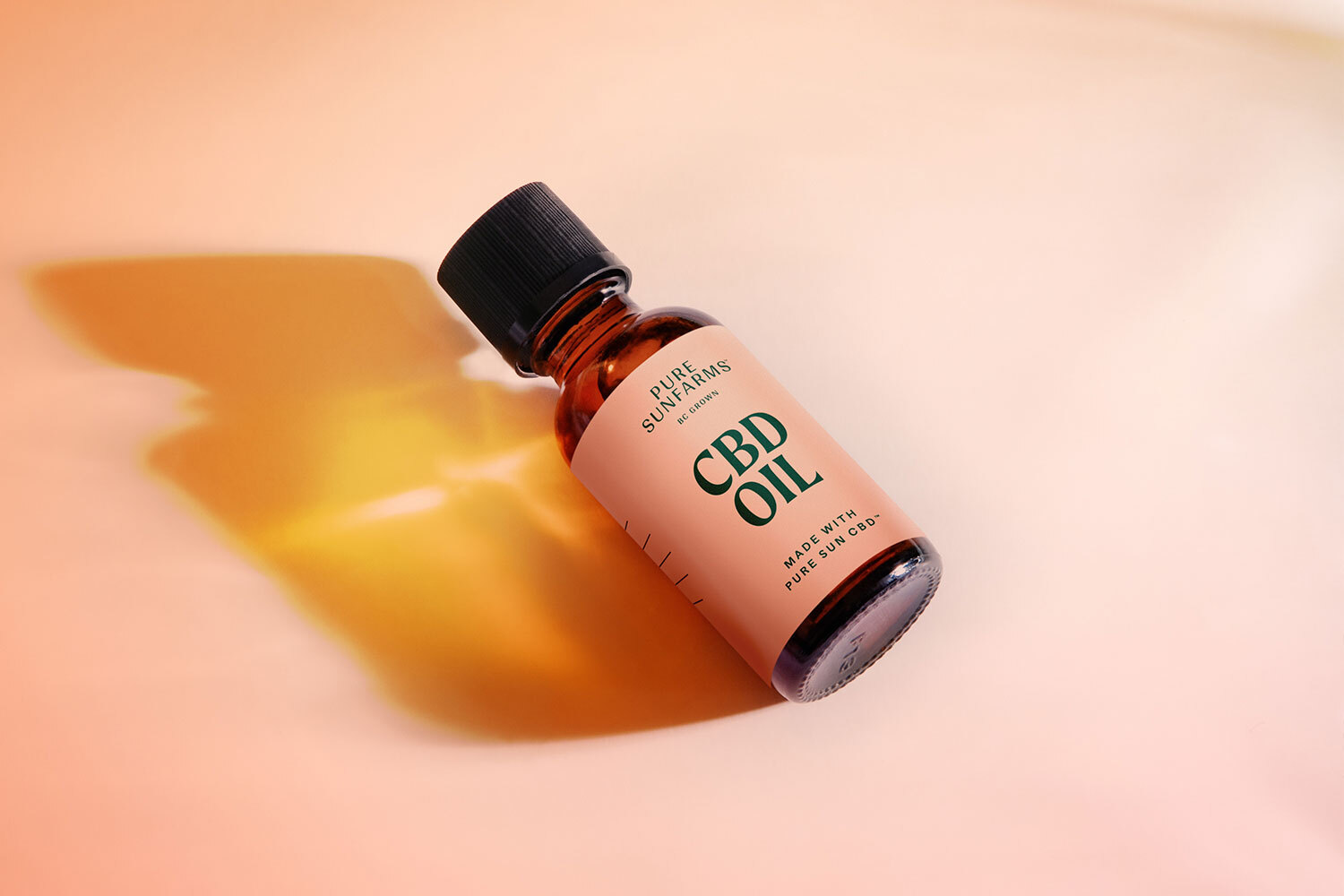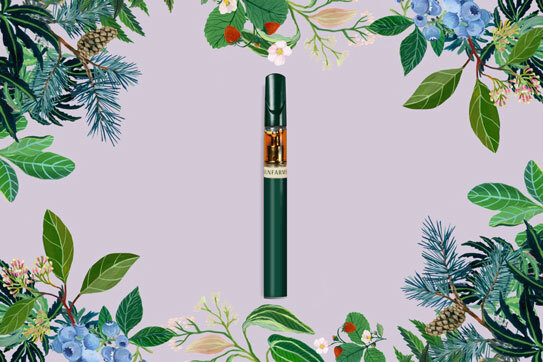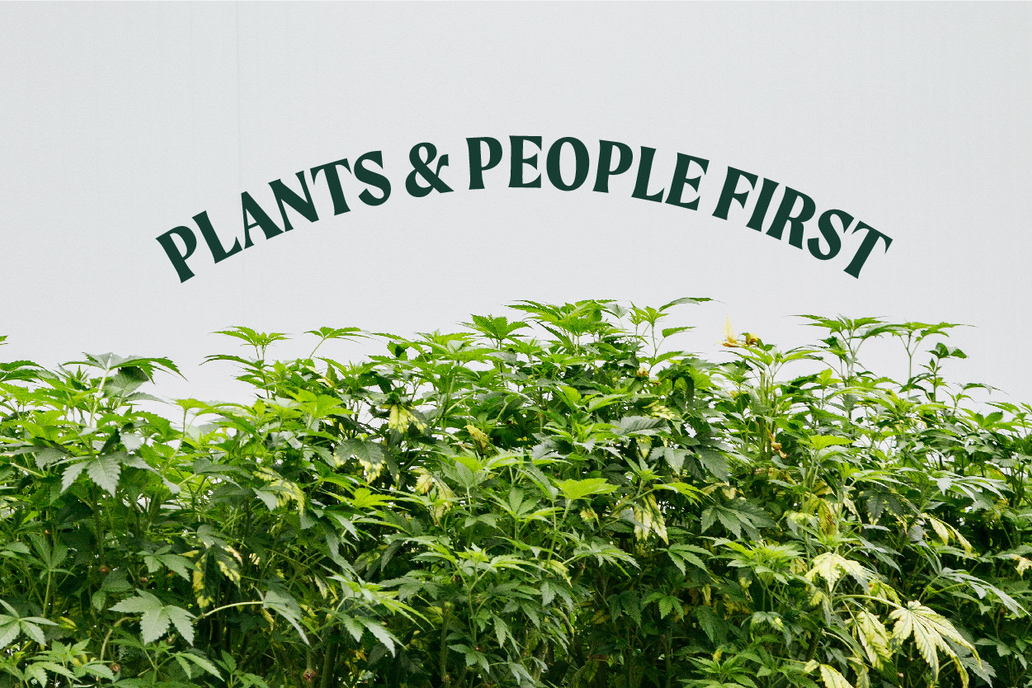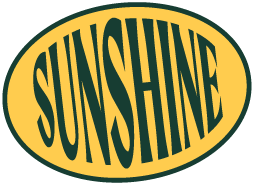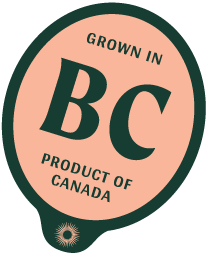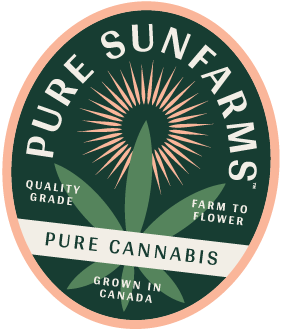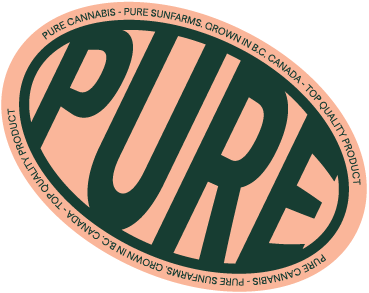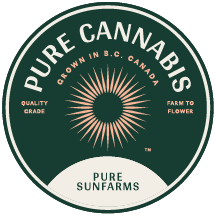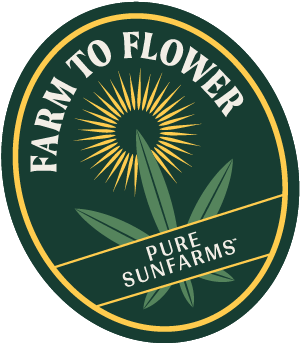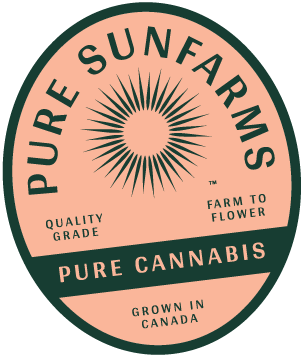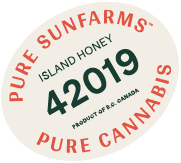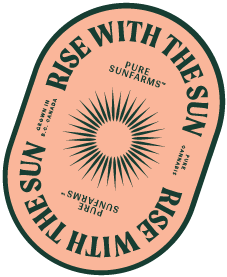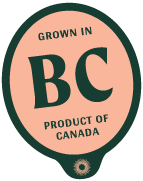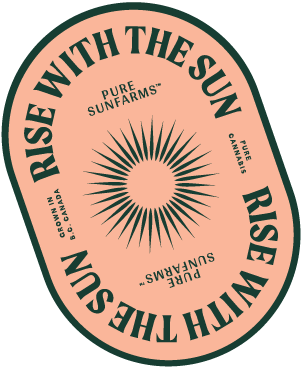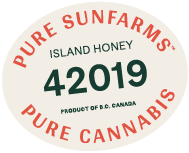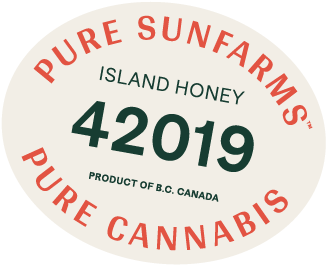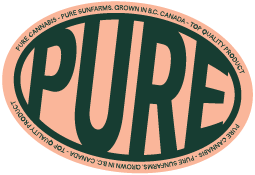Before you buy: get to know your bud
Shopping for recreational cannabis in Canada? The Pure Sunfarms team offers you their expert advice on what to look for when it comes to quality dried flower.
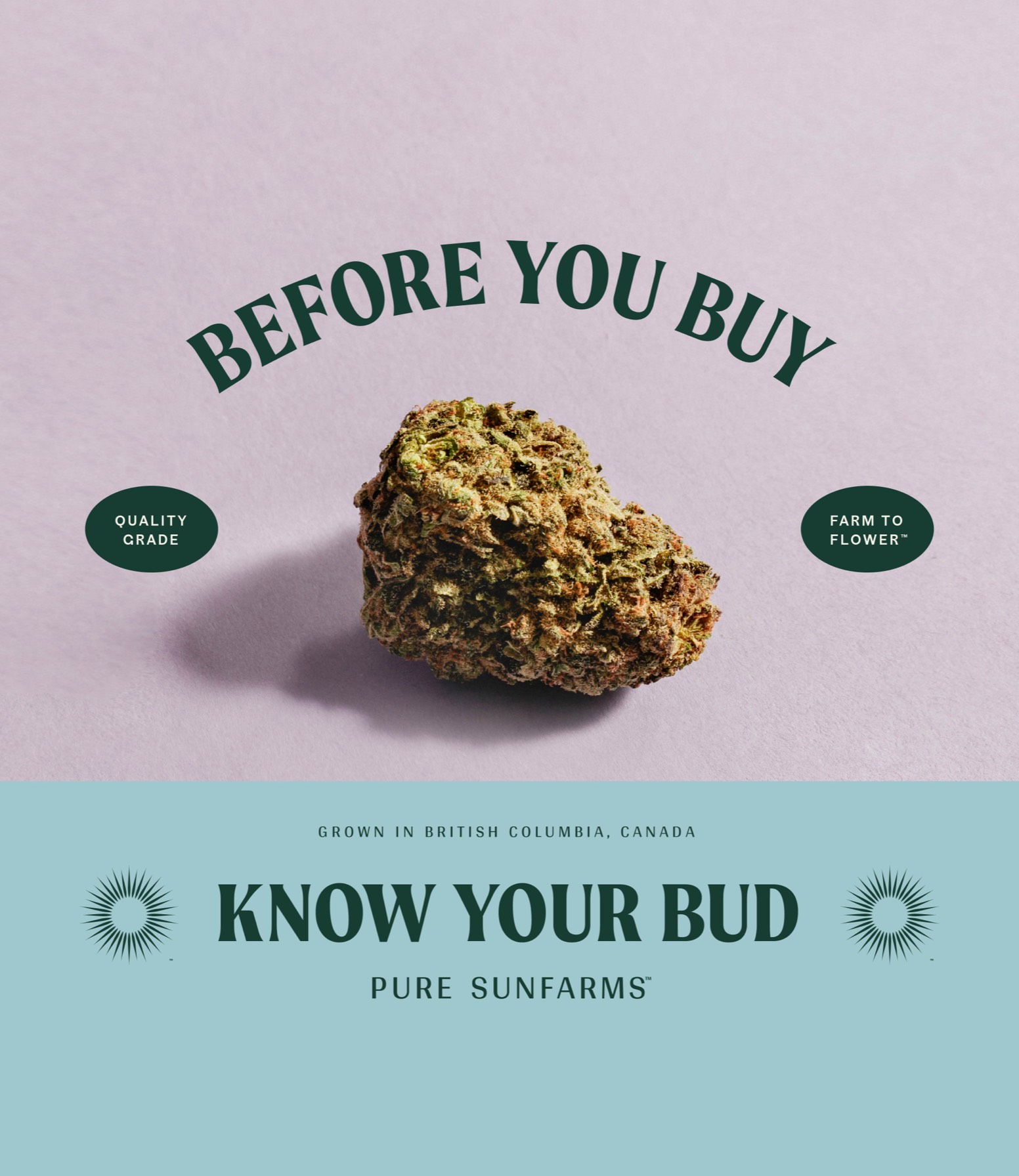
Whether you’re new to cannabis, or a seasoned purchaser, it may be a challenge to know what to look for when browsing an increasingly diverse product selection.
Depending on where you live in Canada, finding a regulated retailer near you may prove to be a challenge, but every province and territory offers the convenience of purchasing online from the comfort of your own home.
Each alternative offers unique opportunities for education and information, if you know what to look for. No matter what, we’ve got you covered! Our team of cannabis enthusiasts is happy to share their essential tips that will help you make your next selection with confidence.
The colour and the shape
Many of today’s brick and mortar retailers will display their products in sealed bud jars, allowing you to both see and smell the bud before you purchase. Online retailers will usually post high-resolution images of the dried flower, giving you an excellent sense of what you’ll ultimately receive.
Good quality flower will display a healthy, vibrant colour, featuring varied shades of greens and purples. Avoid buds that look too dried out, or those that appear brown, red, or yellow, as it may be an indicator of decreased aroma or flavour. Some varieties might be naturally deep purple or even maroon or indigo-coloured. Check with the retail staff to make sure that the displayed colour is correct for that strain.
The pistils (those orange or red-coloured hairs) should be evenly distributed throughout the flower. But they don’t impact the quality. They’re simply nice to look at.
Overall, the structure of the bud should be solid and tightly formed, not loose or airy. Since buds naturally come in all shapes and sizes, a small bud is not necessarily an indicator of quality.
While the Cannabis Act does not allow retail staff or customers to touch the bud directly, you’ll be able to give the flowers a gentle squeeze on your own at home. Good quality dried flowers should be tight, dense, and sometimes sticky enough to cling to your fingers.
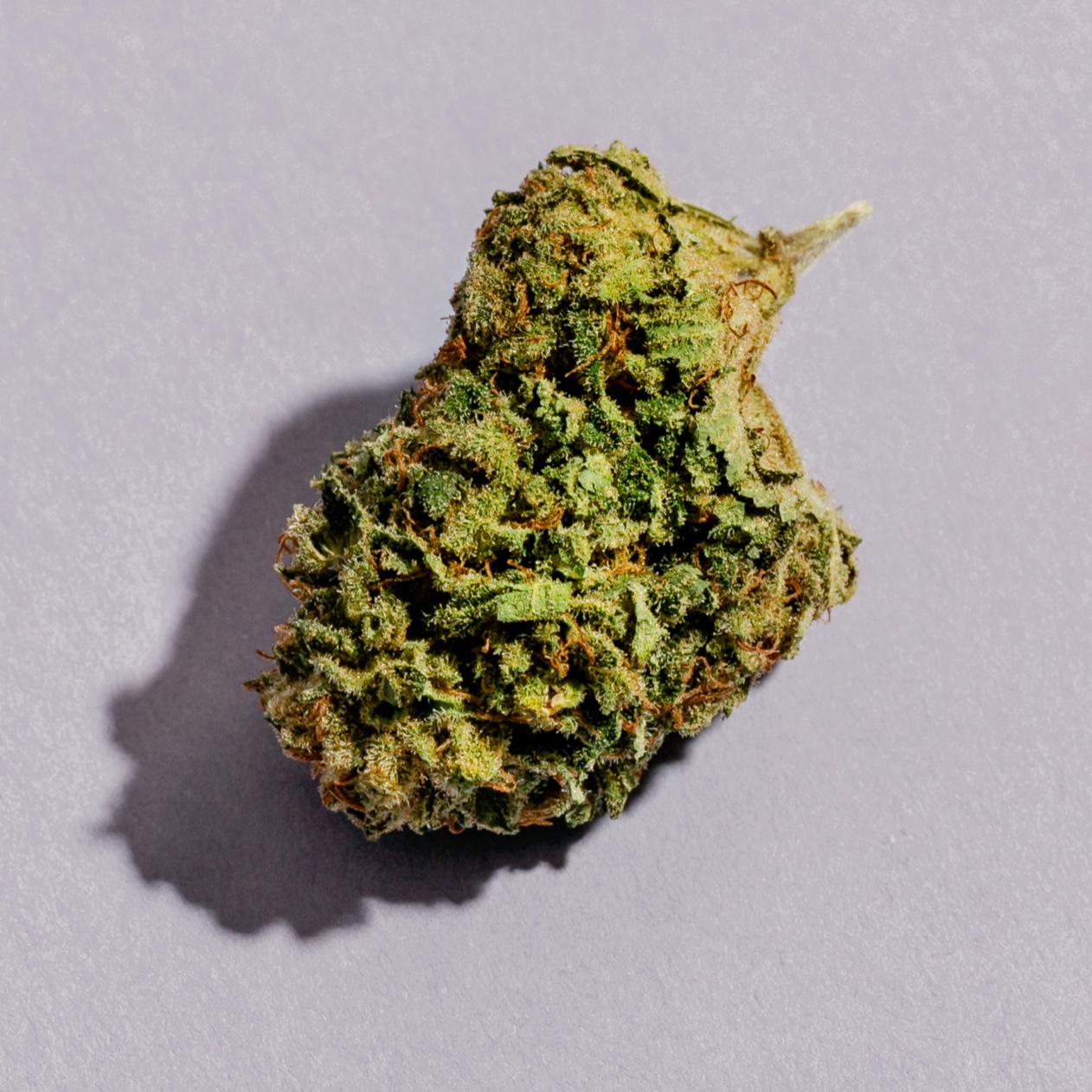
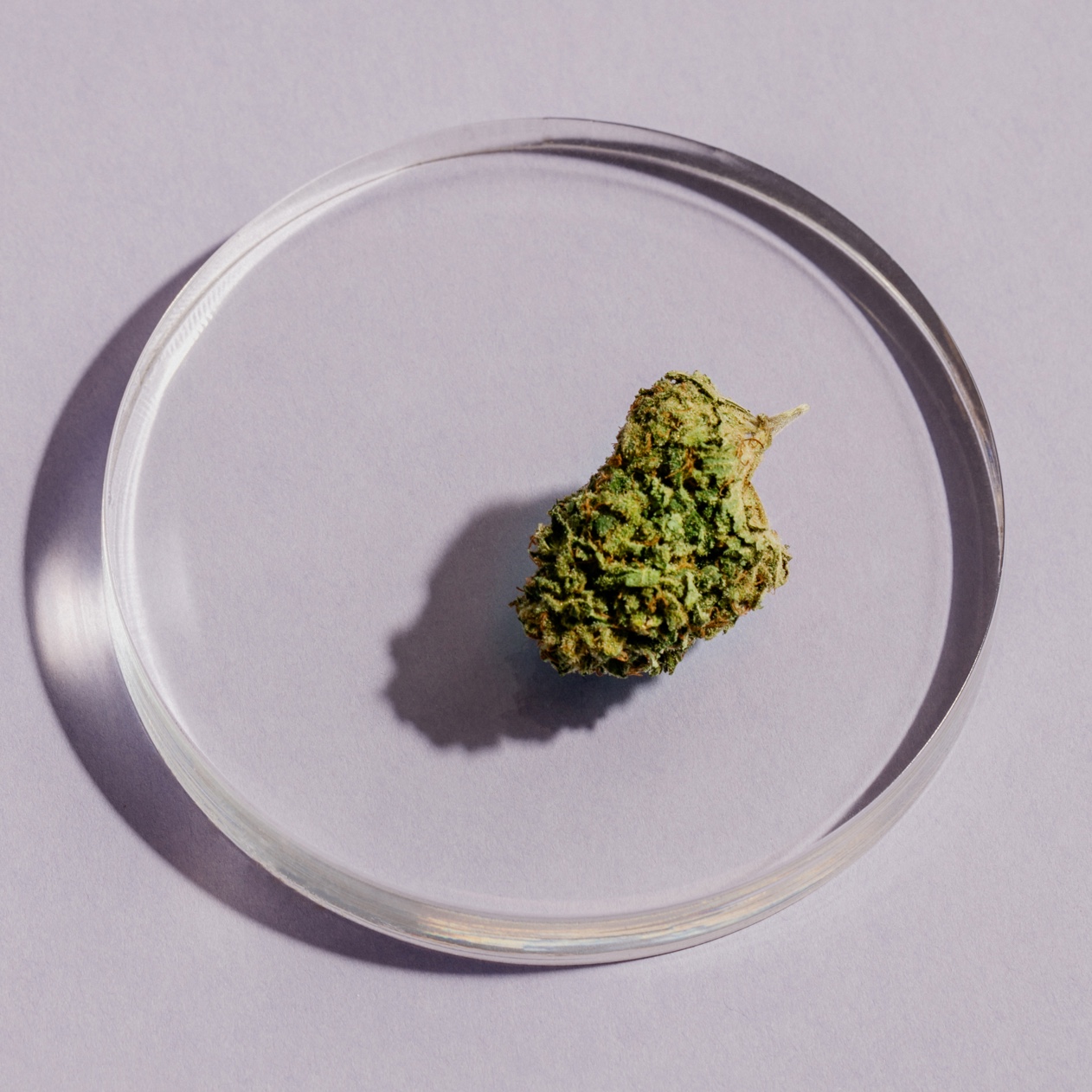
Every breath you take
You may know that the aroma and flavour (from the terpenes, like myrcene and pinene) and potency (from the cannabinoids, such as THC and CBD) in cannabis are built in the trichomes, the sticky, hair-like glands that cover the leaves of the bud. To the naked eye, they may look like sugar crystals, snow, or dust, but this is where the magic happens. The more abundant the cover of trichomes, the better.
Now, take a good, deep breath of the bud jar. The aroma is one of the best indicators of the potential experience. Is it fruity? Spicy? Citrussy? Woody? An upfront and complex bouquet is an indicator of a good quality product.
Say my name
Afghan Kush. Harlequin. God Bud. Island Honey. Purple Sun God. Texada Timewarp. White Widow. Sour Diesel. Blueberry. These are just some of the tens of thousands of strains you may encounter along your journey. Some are ‘classic’ BC Buds, such as God Bud and Island Honey, while others are proprietary, such as Purple Sun God. We’ll get into BC Buds in a future article.
A well-named product will give you a hint about its colour, flavour, place of origin, or its likely effects. For example, Afghan Kush is a strain developed from native cultivars from the Hindu Kush regions of present-day Pakistan and Afghanistan, while White Rhino is acclaimed for its thick coating of white trichomes.
Remember, every producer adds their own special twist to the plants, including the environment in which they grown, their soil, and the kind of nutrients they receive. Each factor plays a role in the expression of the final product. That explains why strains of the same name, while similar, may not be identical from one producer to the next. Once you find a strain you like, explore the other flavours and potencies from that brand, as you may discover a new favourite.
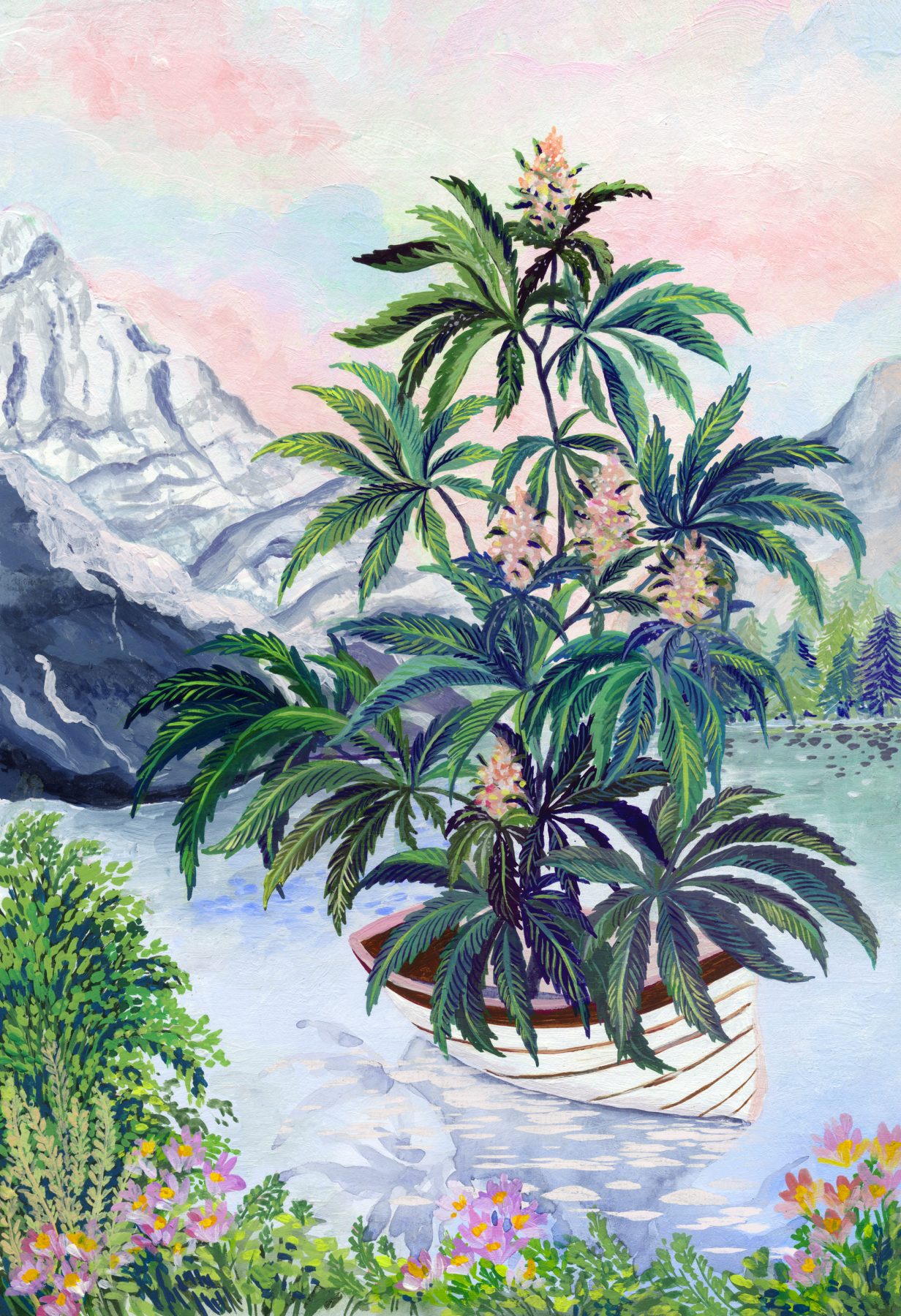
Come together
No matter if you’re shopping in person or online, the two most precise predicators of the potential experience are not the type of species, but the cannabinoid and terpene percentages. Indica and sativa (the names of the two main species of cannabis) might have meant something in another era, and most cannabis products are still categorized this way, but generations of hybridization has rendered the distinctions nearly meaningless.
Cannabis contains hundreds of naturally occurring compounds, including cannabinoids and terpenes. You might consider the cannabinoids as the intensity indicator. The higher the amount of THC, the more powerful the potential experience. CBD, while not known to be impairing, may in fact counteract the effects of THC.
The terpenes, while providing aroma and flavour, may also interact with cell receptors in the brain and body, changing how they behave and communicate together. The interaction between cannabinoids, terpenes, and the receptors in our bodies, is known as the ‘entourage effect’, something that we’ll explore in a future article.
Besides this, there are many other factors that influence one’s response to cannabis, including body mass, metabolism, tolerance, and mindset. The more you learn about the combination of cannabinoids and terpenes, the more you’ll be ready to choose accordingly.
The golden rule
The number one rule for trying new products is ‘start low, go slow.’ This means that you should begin with products low in THC (or equal or higher amounts of CBD), and if you’re smoking or vaporizing, have one puff and wait 15 minutes before trying more.
Some strains mentioned may currently not be growing in the greenhouse. We may grow them again one day, and if there’s one you miss, please let us know. To stay up to date with what’s currently flowering, please sign up for our newsletter.
